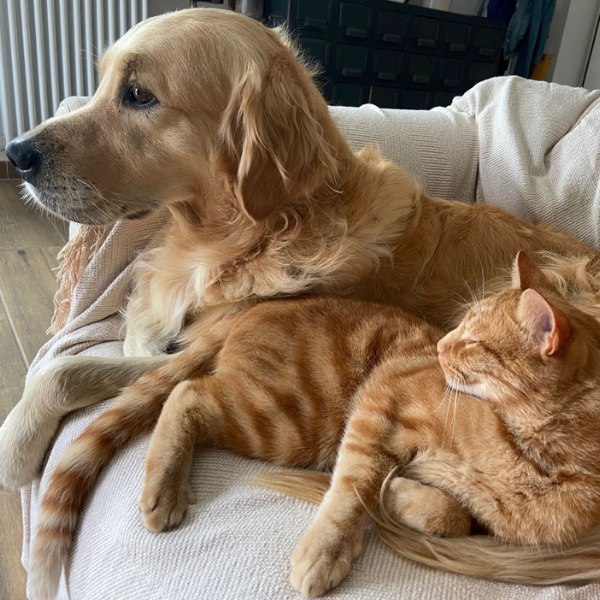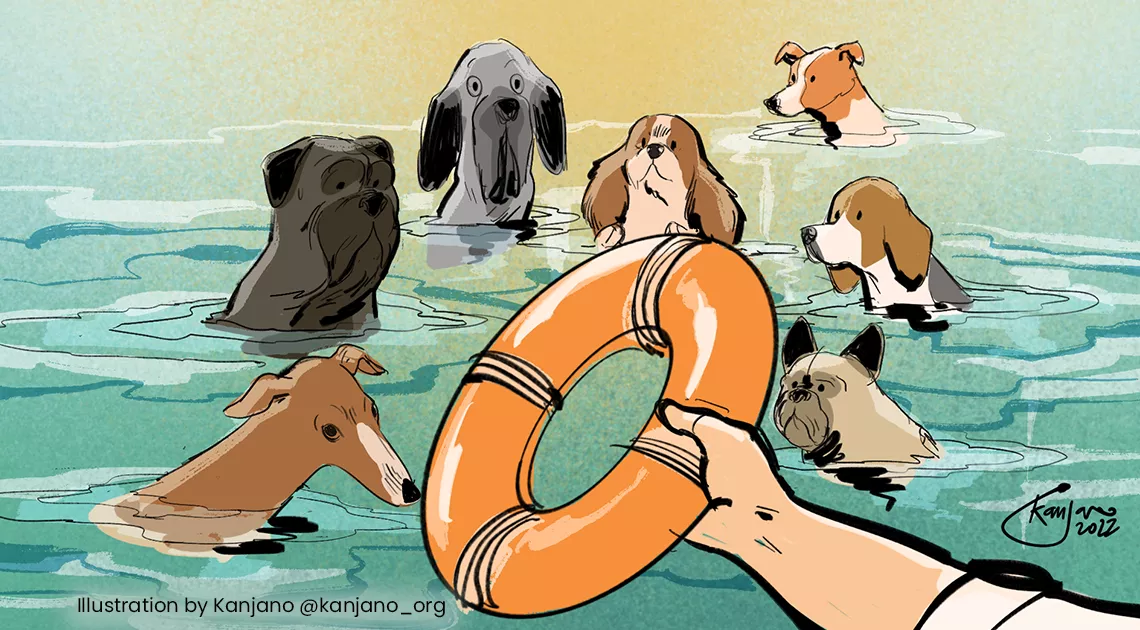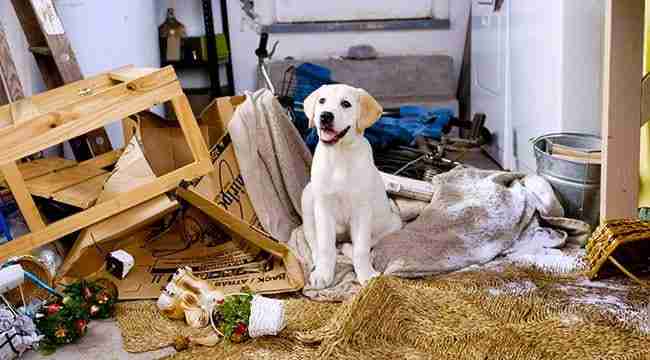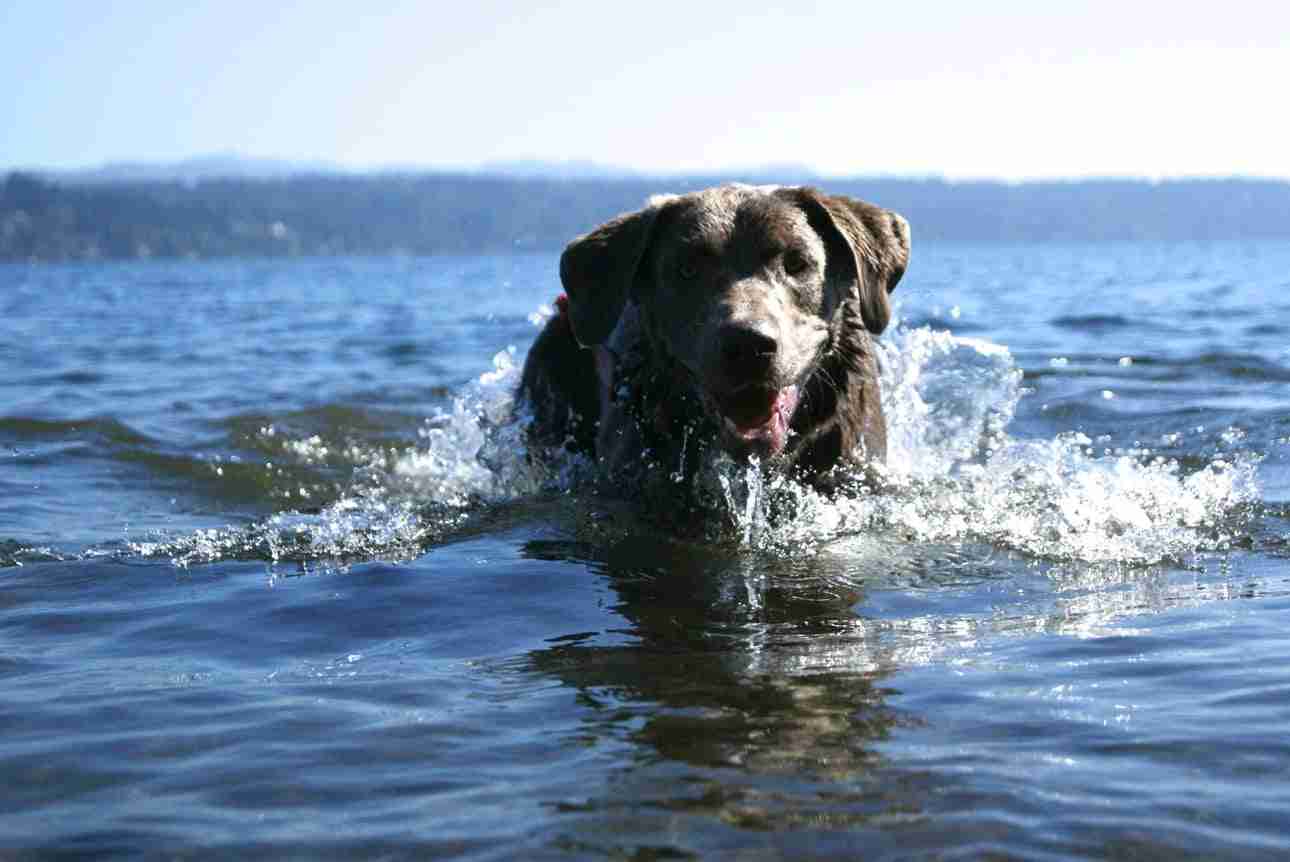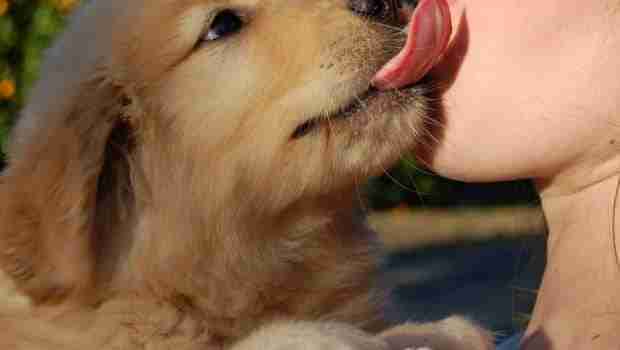How to get a dog to sleep in its own bed
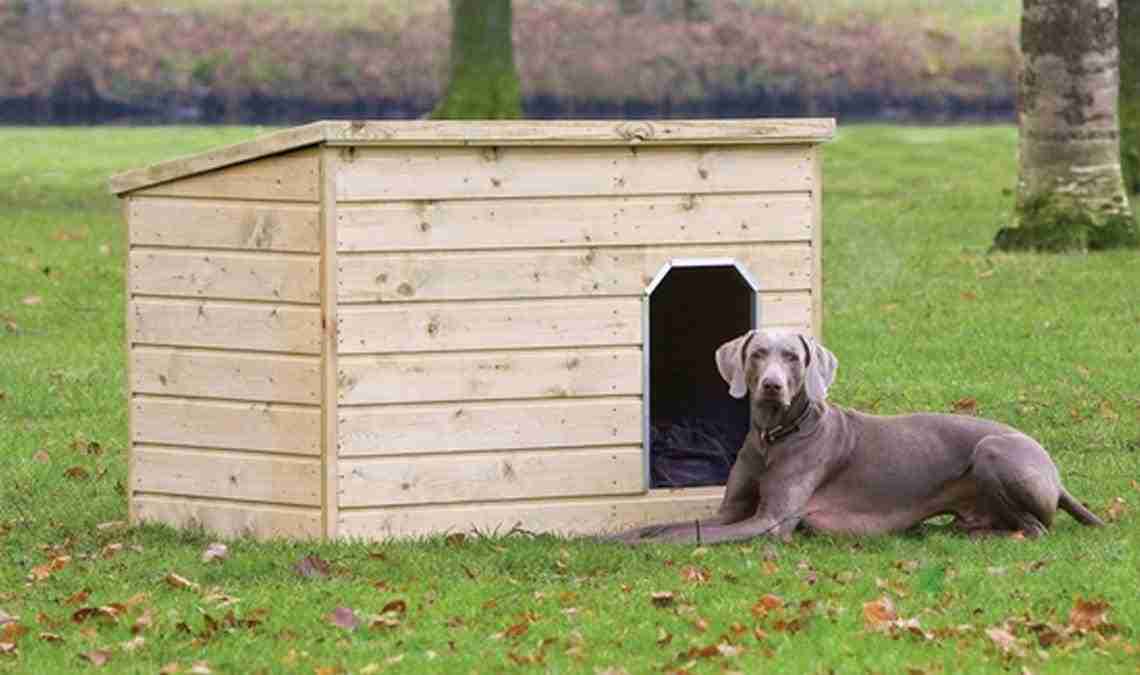
The perfect dog bed
First rule: comfort! Our dog does not need a fully equipped loft, only a medium sized bed considering the fact that most of them sleep curled up. Secondly, we have to consider the material of the dog bed; it should not be dangerous in case of ingestion by the animal. Even the location of the dog bed must be strategically thought out: easily accessible but not too isolated or quiet; nor near the area where they ‘do their business'.Also important, is the emotional perception our four-legged friend has of its bed. For example, its bed should not be associated with reprimands or unpleasant experiences such as ear cleaning or administering medication – only enjoyable activities, such as chewing bones or receiving loving cuddles and strokes (preferably with the back of the hand to mimic the mother licking the puppy when the animal is quiet).A really great idea would be to ask the dog's breeder for a blanket or cover that the dog slept on at their previous home. By placing this item in the dog bed, the puppy will be reassured by the familiar smell and pheromones released . And if the search for a security blanket is not forthcoming, then science can come to our rescue with the use of synthetic pheromones (dog appeasing pheromones), which give the dog bed and sleeping quarters a reassuring smell of ‘home'.
